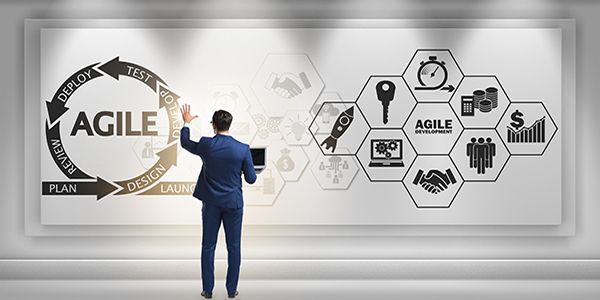The Value of Business Analysis Late in Your Career
I loved that someone inquired of me about the value of CBAP and pursuing business analysis work late in their career.
There was even the question of value of CBAP in post-retirement. I’m actually thrilled that some of my most valued colleagues have actually pursued their business analysis careers AS their retirement plans!!
The thing here is to highlight both the concept of business analysis and the value of certifications. I’ll start first with certifications since yes, I’m a certification “junkie” and have plenty of alphabet soup at the end of my title. Certifications make you dive deep into a subject matter and really refresh your view. Sure, you’ve been doing the work for years, maybe never had the title as “business analyst”, but do you know the purpose of those techniques you use? Do you know WHY you do the activities (those tasks) when you do those? And where do you go when your tried and true approach didn’t work? Or, more appropriate in today’s age, what do you do where there are no “best practices” as we enter worlds that have never been experienced before? When you study for a certification, you dive into industry-level knowledge, vetted by practitioners, and maintained through the work people in all areas of the world and types of organization perform daily. You refresh your view to increase your tool box with more tips, tricks, and ideas to be successful in that line of work. I definitely agree that certification helps with employment – gets you highlighted in the applicants pool and helps you justify the salary increase. However, the act of studying and prepping for certifications gives you the chance to validate skill sets. And this is the part I find is the most value, back to the original question.
Certification gives you the chance to apply skill sets. Business analysis is both the profession and the skill set. When you certify, you’re getting validation of your skill set. That skill set, especially in business analysis, is almost more valuable than many other specific certifications as you can use it the rest of your life. There’s the ability to help define the requirements to run a successful fundraising campaign for your local church or community event. There’s the skill set to know how to do strategic planning for the professional board you’re a member of. And there’s even the ability to come up with a good business case for that girls-night-out you’re pitching to your spouse or explaining why the sports car was not the best return on investment. All those tasks in the BABOK® Guide are things we do in any kind of business and work to deliver value. Change is the only constant, so having skill sets to help you be successful with your approach, your delivery, and your follow-through on any change effort is what makes you valuable. And getting your CBAP® or any other IIBA® certification is the validation you understand and can apply the concepts.
So should you get the CBAP® certification, even when looking towards retirement? Well, do some document analysis and look at the tasks, techniques, and approaches and ask if you might need these wherever your life (not just your career) may take you. If you see some value in them, then getting the certification is your return on investment. It gives you an industry-standard litmus test to validate your understanding. And of course, it looks great on your resume for any future efforts you look for (could teaching, mentoring, and volunteering be in your future? Certification holders are always welcomed as the teams know you have something of value to share with others!). As a friend once told me. Use my own business analysis skills and do the analysis if anything is worth the effort or the investment. And generally, with certifications, especially business analysis work, the value is often a high ROI.



